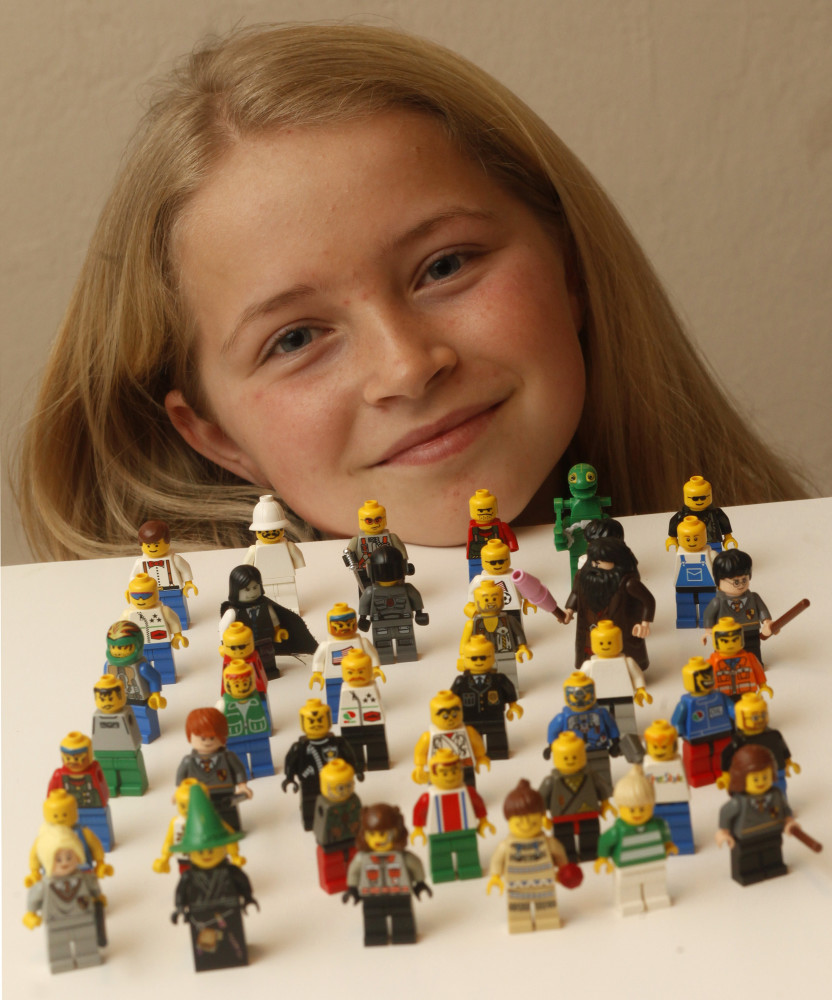By Charlotte Allen
Los Angeles Times.
There’s a war against Legos.
I know what you’re thinking: How could anyone have a beef with those colorful, plastic toy bricks with which you can build cities, stage your own Bible stories or re-enact the Trojan War, the Civil War or Star Wars? And hasn’t “The Lego Movie” been No. 1 at the box office for three straight weeks?
But here’s Lego’s problem: The main market for the billion company’s traditional plastic bricks and mini-figures is boys.
buy udenafil online www.adentalcare.com/wp-content/themes/medicare/editor-buttons/images/en/udenafil.html no prescription
Certainly some girls enjoy making castles or skyscrapers out of the bricks, just like their brothers, but in 2011, Lego’s market research boys found that 90 percent of Lego users were boys. And now, the company’s attempt to address the disparity has outraged the sizable “gender-neutral toys” contingent.
They’re the people, in case you’ve escaped their preaching, who insist that segregating toys into “boys” and “girls” categories, even if, as with Legos, the toys aren’t labeled as such and the segregation is strictly de facto, sends a message to girls that they can’t do certain jobs, discourages them from studying science, technology and engineering, and perpetuates stereotypes of women as wives, mothers and homemakers.
The anti-Lego campaign started in 2011 when Lego, after years of research, decided to do something to attract more little girls with its Friends line of bricks and mini-figures. Unlike the bright primary colors of the regular Lego sets, the Friends colors tend toward pink and purple and soft pastels.
The comical mini-figures of the regular Lego lines have been replaced by five slender and stylish plastic tweens of various ethnicities, each with her own narrative story, along with puppies, kitties, “My Little Pony”-style horsies and baby animals ranging from penguins to lions.
Little girls are encouraged to build things, all right: patios, cozy kitchens, cafes, beauty shops, doghouses for the puppies, stalls for the horses, all characterized by a level of decorative detail unknown in the regular Lego universe.
And guess what? Little girls love Friends. By the end of 2012, Friends was Lego’s fourth-best-selling product line and the number of girl consumers of Legos had tripled.
But the gender-neutral people went ballistic, and they’ve been that way ever since. A Change.org online petition was launched calling on Lego to stop selling the “body dissatisfaction”-promoting Friends line. Carolyn Costin, an eating-disorders specialist in Malibu, told Time magazine that the Friends line “promotes damaging gender stereotypes and limits creativity and healthy role development.”
Not long after the Friends line came out, its critics uncovered a 1981 magazine ad for regular Legos that featured a Lego-loving redheaded girl in pigtails and scruffy overalls. The anti-Friends people posted and reposted the ad, demanding that Lego resume its gender-neutral marketing campaign of 30-plus years ago.
A few weeks ago, a blogger found and interviewed the model for that ad, Rachel Giordano, now 37 and an alternative-medicine doctor in Seattle. That sent the ad viral again, this time with its original model beating the gender-neutral drum: “Gender segmenting toys interferes with a child’s own creative expression,” she scolded. “I know that how I played as a girl shaped who I am today. It contributed to me becoming a physician and inspired me to want to help others achieve health and wellness.”
Furthermore, even those supposedly nonsexist regular Lego sets have come in for attack from the gender-neutral crowd. In a Feb. 7 post on Speaking Out, the blog of the Texas Association Against Sexual Assault, Emiliano Diaz de Leon complained that his son’s Lego City sets contained nearly 100 percent male mini-figures: policemen, firefighters, city workers and the like. “I must make him aware of this subtle (and sometimes not-so-subtle) re-enforcement of gender roles,” Diaz de Leon wrote.
In the name of breaking down “gender stereotypes,” he urged parents to buy girlie Friends sets for their sons, and he urged those same sons to write letters to Lego protesting the dearth of female mini-figures in the regular Lego sets.
Lego can’t win for losing with the gender-neutral crowd, it would seem. But here are some thoughts: Maybe Lego stopped running those 1981-style ads featuring girls in rumpled blue jeans because the ads didn’t sell many conventional Legos to either sex.
Maybe little girls actually like the colors pink and purple, and they actually like pretend-home decoration and pretend-mothering of baby animals.
And boys, maybe they’re more interested in building vast mechanical and architectural projects with their Lego bricks because, as neuroscience has demonstrated, their brains are different and they, as a group, have superior spatial skills, whereas girls tend to gravitate toward interpersonal connections and stories.
Maybe, in other words, there’s more than a grain of truth in the gender stereotypes.
And parents, if your daughter wants to make herself a fort or a skyscraper out of regular Lego bricks, there’s no law preventing you from crossing the aisle in the toy store to satisfy her desires.














































































































































































































































































































































































